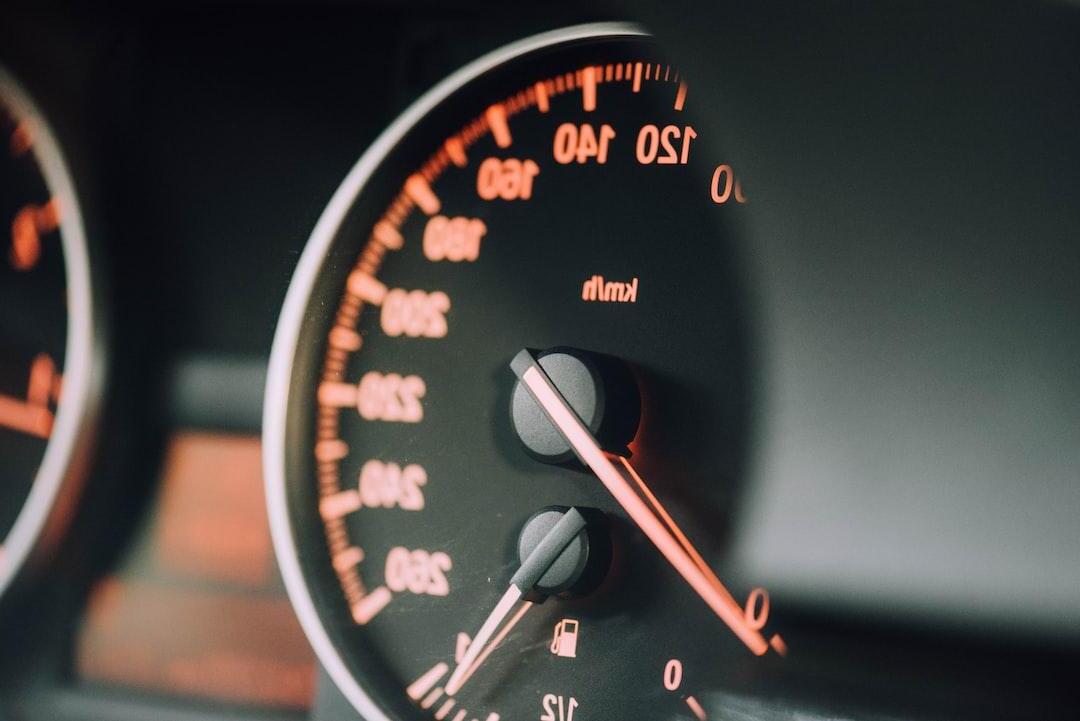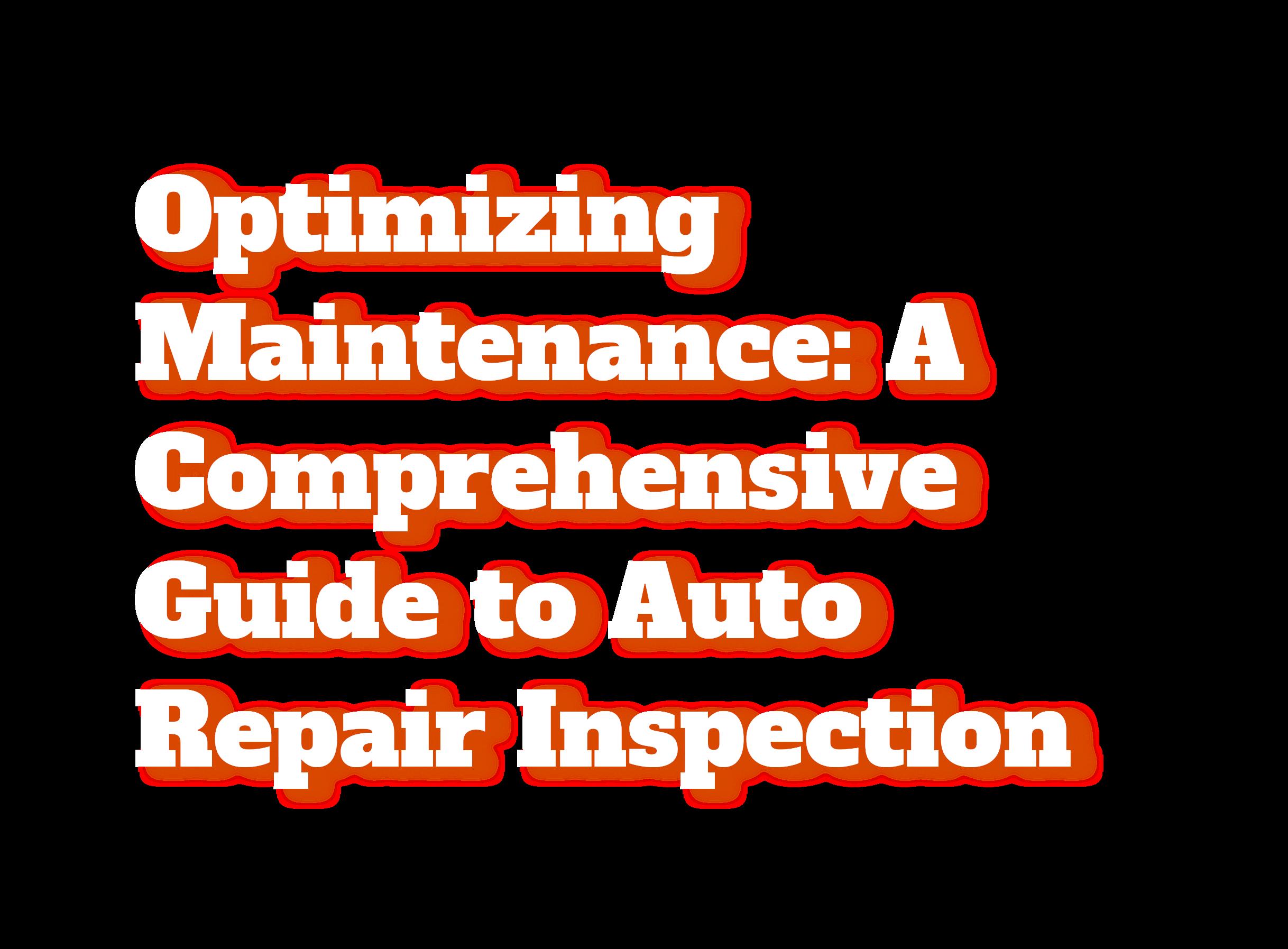




Welcome to 'Optimizing Maintenance: A Comprehensive Guide to Auto Repair Inspection', where we delve into the art of maximizing ef�ciency vehicle maintenance. In this comprehensive guide, w will explore the essential steps and techniques need to ensure a thorough and accurate inspection, enab you to identify and rectify issues promptly. Embark o a journey of automotive expertise and optimize yo maintenance practices with our insightful tips a strategies.

Optimizing maintenance is crucial for the longevity and performance of your vehicle. By following proper inspection techniques and conducting regular maintenance, you can catch potential issues before they become major problems, saving both time and money. We will explore how optimizing maintenance can improve safety, increase fuel ef�ciency, and extend the lifespan of your vehicle.

Before taking your vehicle for an auto repair inspection, it's essential to ensure you're fully prepared. Start by gathering all necessary documents, such as service history and warranty information. Clean the vehicle inside and out, making sure all components are easily accessible. Finally, consider compiling a list of speci�c issues you have noticed to provide clear guidance to the technician during the inspection process.

Once you've gathered the necessary documents and prepared your vehicle, it's time to conduct a thorough visual inspection. This involves checking the exterior and interior of the vehicle for any signs of damage or wear. Pay close attention to the tires, brakes, lights, and �uid levels. Look for any leaks or unusual noises. Taking the time to conduct a comprehensive visual inspection will help identify any potential issues before they become major problems.

In addition to a visual inspection, utilizing diagnostic tools is crucial for accurate analysis in auto repair inspection. These tools can help identify speci�c issues with the engine, electrical systems, and other components. By using diagnostic tools, mechanics can pinpoint the exact problem and ef�ciently address it, ultimately saving time and money for the vehicle owner.

During auto repair inspections, mechanics commonly encounter speci�c issues that require attention. These can include problems with the engine, electrical systems, brakes, suspension, and transmission. By being able to identify these common issues, mechanics can provide accurate and ef�cient repairs, ensuring the optimal functioning of the vehicle and maximizing customer satisfaction.

After identifying common issues during auto repair inspections, mechanics can develop a comprehensive maintenance plan. This plan should prioritize addressing critical issues to ensure the vehicle's optimal functioning. By scheduling regular inspections and maintenance, mechanics can help prevent major issues, extend the lifespan of the vehicle, and ultimately improve customer satisfaction.

Implementing effective repair strategies is crucial for optimizing maintenance and ensuring the longevity of vehicles. By utilizing diagnostic tools, conducting thorough inspections, and staying updated on industry trends, mechanics can ef�ciently identify and address issues. Following manufacturer guidelines, using high-quality parts, and providing clear communication with customers are key components of effective repair strategies. These approaches not only enhance the vehicle's performance but also contribute to customer satisfaction and loyalty.

Proper documentation and record-keeping are essential in optimizing maintenance. By maintaining detailed records of repairs, inspections, and maintenance schedules, mechanics can track vehicle history and identify recurring issues. This information helps in making informed decisions about repairs, identifying potential warranty claims, and providing accurate maintenance recommendations to customers. Additionally, organized documentation contributes to ef�cient communication within the repair shop and ensures compliance with industry standards and regulations.

Contact Us:
Address: 1/41-43 Merri Concourse, Campbell�eld, VIC 3061
Phone: 0390422281 | 0414668786
Mail Us: info@3dautomechanic.com.au
